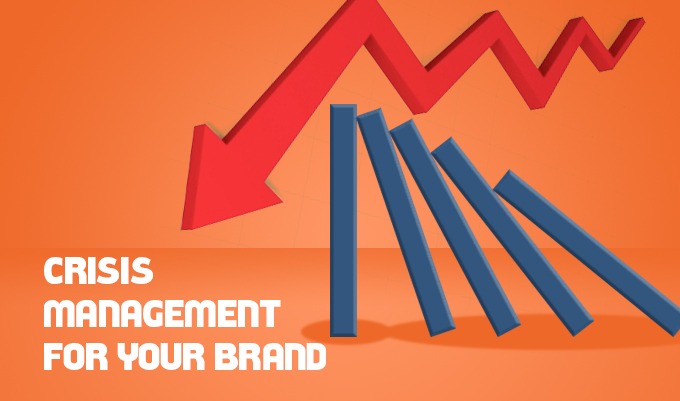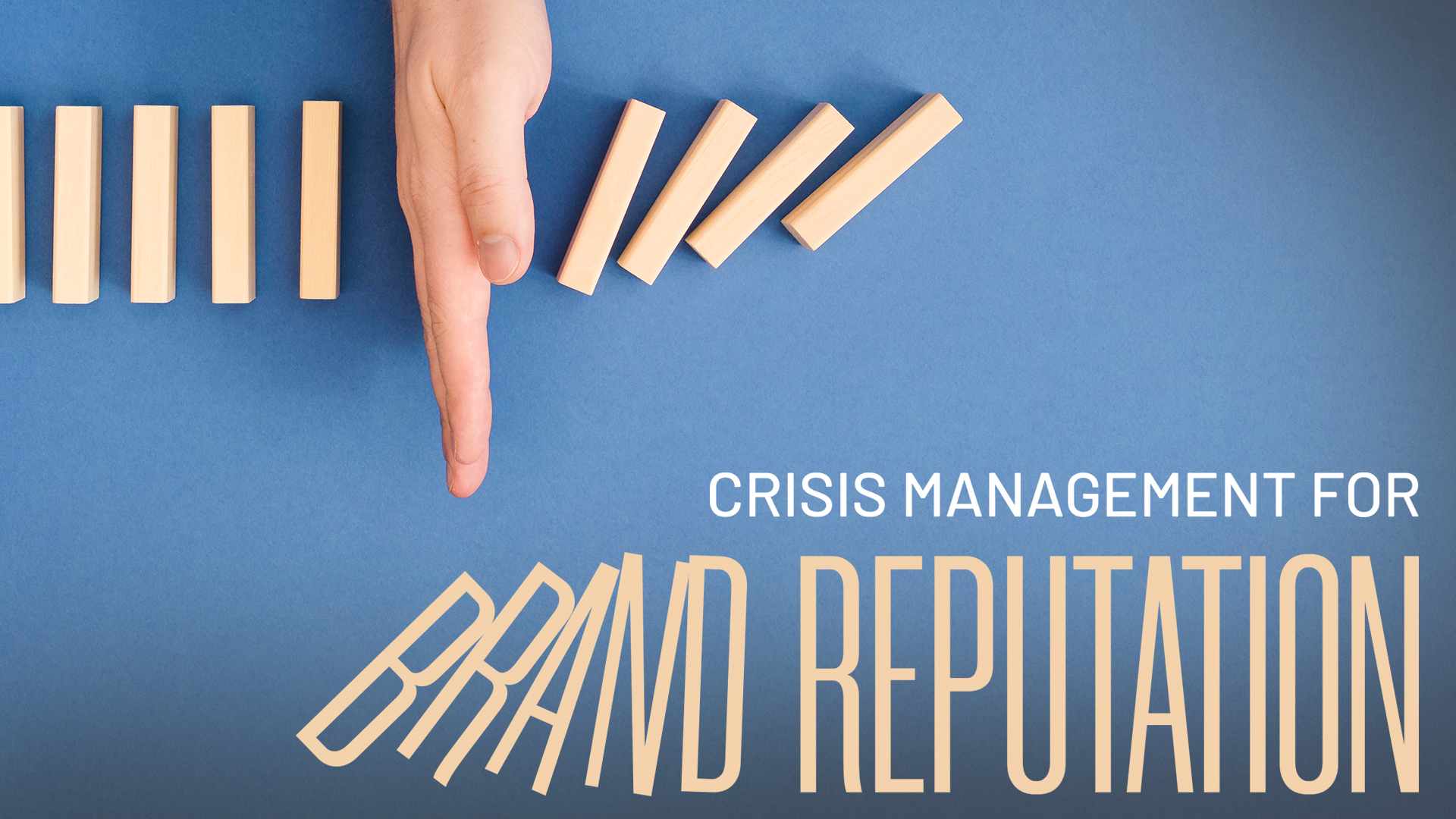In today’s hyperconnected world, businesses are constantly under the scrutiny of the public eye. A single misstep can trigger a brand crisis, jeopardizing reputation, trust, and profitability. This article delves into the realm of brand crisis management, offering insights and strategies to help your business navigate turbulent waters effectively.
Understanding Brand Crisis Management

1. Defining a Brand Crisis
A brand crisis is an unexpected and damaging event that threatens the reputation and integrity of a company. It can manifest in various forms, such as product recalls, negative social media trends, or public scandals.
2. Recognizing Early Warning Signs
Proactive crisis management begins with identifying potential threats before they escalate. Monitoring social media chatter, customer feedback, and industry news can provide early warning signs of trouble.
Preparing for Brand Crisis Management
1. Developing a Crisis Management Team
Assemble a dedicated team responsible for handling crises. This team should consist of individuals with diverse skills, including PR specialists, legal experts, and spokespeople.
2. Creating a Crisis Response Plan
Craft a comprehensive crisis response plan outlining roles, responsibilities, and communication strategies. Ensure that all team members are familiar with the plan and conduct regular drills to test its effectiveness.
Managing the Crisis
1. Transparent Communication
When a crisis occurs, open and honest communication is paramount. Address the issue promptly, admit any mistakes, and outline steps being taken to rectify the situation.
2. Utilizing Social Media
Leverage social media platforms to disseminate information and updates. Respond to questions and concerns promptly, showing your commitment to resolving the crisis.
3. Monitoring Public Sentiment
Continuously monitor public sentiment and adapt your crisis management strategy accordingly. Acknowledge positive feedback and take constructive criticism into account.
Rebuilding Trust
1. Aftermath Assessment
Once the crisis subsides, conduct a thorough post-mortem analysis. Assess the impact on your brand and identify areas for improvement in your crisis response plan.
2. Community Engagement
Engage with your community through outreach programs, partnerships, and initiatives that demonstrate your commitment to making amends.
Conclusion
Brand crisis management is not a matter of if, but when. Being prepared to handle such situations can mean the difference between a temporary setback and a long-term reputation damage. By prioritizing transparency, communication, and trust-building, your business can weather the storm and emerge stronger.
Now, if you’re looking to bolster your crisis management capabilities and ensure your brand is well-protected, consider requesting a demo from AIM Technologies, our trusted partner in crisis management solutions.
Don’t wait until a crisis strikes; take proactive steps to safeguard your brand’s reputation today.
FAQs
What is the role of a crisis management team?
- A crisis management team is responsible for coordinating actions during a crisis, ensuring a swift and effective response.
How can social media be a valuable tool during a brand crisis?
- Social media allows businesses to communicate directly with the public, share updates, and address concerns in real time.
What should be included in a crisis response plan?
- A crisis response plan should outline roles, responsibilities, communication channels, and steps to mitigate the crisis.
How can a brand regain trust after a crisis?
- Brands can rebuild trust through transparent communication, community engagement, and taking corrective actions.
Why is monitoring public sentiment essential in crisis management?
- Monitoring public sentiment helps gauge the effectiveness of your crisis response and adapt to evolving perceptions.


